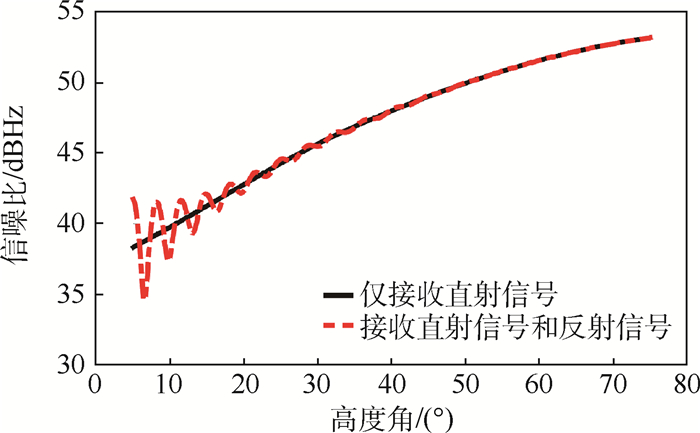Among many photoanode materials, the nanostructured material α-Fe2O3 is considered as one of the most promising materials due to its remarkable light absorption, good chemical stability and abundant reserves. Co and P doped α-Fe2O3 nanomaterials with excellent water splitting properties were prepared by hydrothermal method. After doping, α-Fe2O3 nanomaterial is still nanorod shaped, and the particle size of nanorods increases. Experiments show that the maximum photocurrent density has reached 0.453 mA/cm2(Co doped α-Fe2O3) and 0.276 mA/cm2(P doped α-Fe2O3) in the standard light, which are 20.6 and 12.5 times higher than those of the undoped samples, respectively. Thus, they have the property of efficient photocatalytic water splitting. At the same time, we used SEM, TEM, XRD, UV-Vis, and Mott-Schottky testing methods, which are combined with the morphology and structure characterization, to study the property influence mechanism of photoelectrochemical water splitting of α-Fe2O3.





